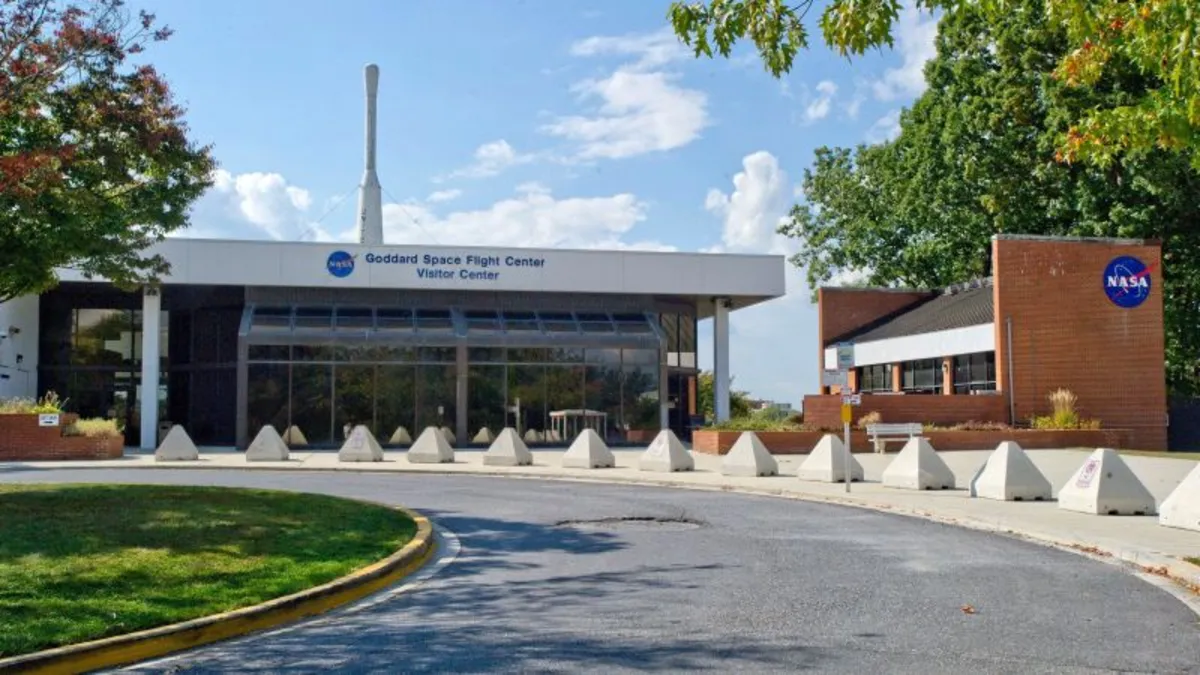
Alarm is rising among federal workers at NASA's Goddard Space Flight Center in Greenbelt, Maryland, the pivotal hub for innovative missions such as the Hubble and James Webb Space Telescopes. Reports indicate that more than a dozen buildings on the campus are being emptied and padlocked due to the ongoing federal shutdown, leaving employees in a state of confusion and anxiety. Sources who spoke to CNN on the condition of anonymity, fearing retaliation, highlighted the lack of communication from NASA leadership regarding these sudden changes.
According to internal communications obtained by CNN, furloughed employees were unexpectedly called back to work with minimal notice to help clear out specialized equipment from the campus. NASA management emphasized that any equipment not relocated in time could face disposal or donation, which has raised significant concerns among staff about the potential loss of crucial resources.
A spokesperson for NASA stated that the building closures are part of a "strategic consolidation" plan that is intended to have no adverse effects on ongoing projects. However, many employees fear these rapid changes are part of a broader agenda by the Trump administration to undermine the Maryland Goddard campus during the federal funding lapse—a claim that NASA officials have categorically denied.
Concerns about the impact of these closures stretch beyond immediate project disruptions. Sources warn that the shuttering of key facilities could jeopardize the 2027 launch of the Nancy Grace Roman Space Telescope, a mission designed to enhance our understanding of the universe and potentially identify habitable planets. Additionally, the closures may hinder NASA's Dragonfly program, which aims to explore Saturn's largest moon, Titan, and is scheduled for launch in 2028.
As these projects receive continued funding and support, the abrupt changes at Goddard could undermine NASA's capabilities in space science and exploration for years to come. An anonymous engineer from Goddard expressed deep concerns: “Stopping development of what’s in the pipeline now cuts off the next three decades of missions to explore the universe.”
The restructuring at Goddard has not only raised alarms about project timelines but also about the future of the center's infrastructure. Workers reported that several buildings currently being vacated were not scheduled for closure until the early 2030s, as outlined in a long-term master plan aimed at modernization. Yet, no new laboratories or renovations have been initiated, raising questions about the strategic direction of the facility.
One significant facility at risk is the ElectroMagnetic Anechoic Chamber (GEMAC), essential for testing spacecraft antennas. Employees fear that closing this unique facility will have long-lasting repercussions on NASA’s testing capabilities. A source pointedly remarked, “It’s like taking a Maserati to the junkyard to get crushed because your driver’s license expired.”
Amid the turmoil, employees worry that the costs associated with moving equipment may outweigh any perceived savings. Some staff members have expressed skepticism about management's rationale for these drastic measures, questioning whether the actions could be perceived as a form of internal sabotage.
Additionally, concerns have been raised about potential violations of the Antideficiency Act (ADA), which restricts government employees from providing unpaid services during a shutdown. NASA has stated that exceptions were approved for moving technical equipment, but many employees remain uncertain about the legality and necessity of these directives.
The ongoing challenges at Goddard have significantly affected employee morale, which has already been shaken by job losses and budget uncertainties. The center's leadership has faced criticism for what some perceive as rash and wasteful changes, leading to an atmosphere of fear and uncertainty among the workforce.
As NASA Goddard continues to play a critical role in space exploration, employees fear that crippling the campus will severely impact the United States' ability to conduct vital scientific research. An anonymous employee summarized the situation poignantly: “It feels like an existential crisis; Goddard will either no longer exist at all or no longer exist the way it should.”